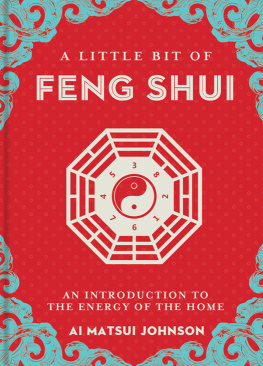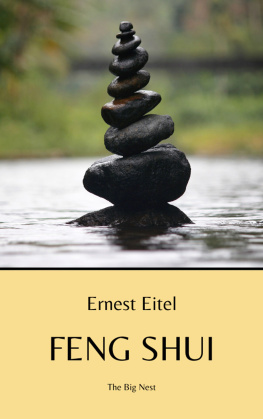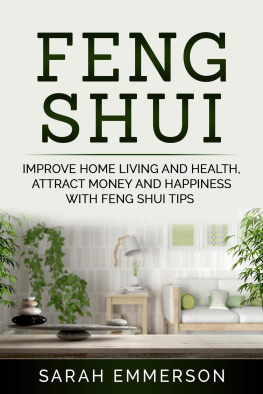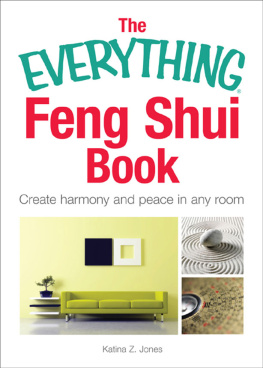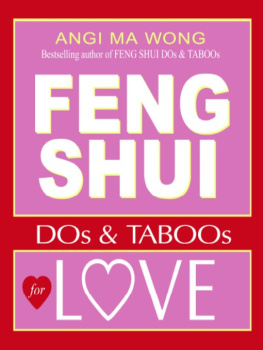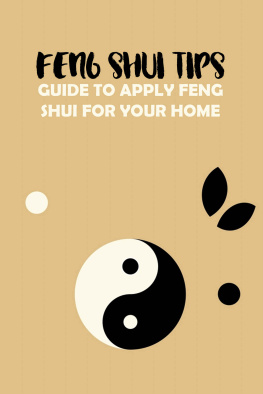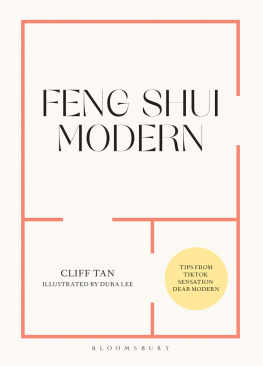Contents


STERLING ETHOS and the distinctive Sterling Ethos logo are registered trademarks of Sterling Publishing Co., Inc.
Text 2021 Ai Matsui Johnson
Cover 2021 Sterling Publishing Co., Inc.
All rights reserved. No part of this publication may be reproduced, stored in a retrieval system, or transmitted in any form or by any means (including electronic, mechanical, photocopying, recording, or otherwise) without prior written permission from the publisher.
ISBN 978-1-4549-4434-8 (e-book)
Distributed in Canada by Sterling Publishing Co., Inc. Canadian Manda Group, 664 Annette Street
Toronto, Ontario M6S 2C8, Canada
Distributed in the United Kingdom by GMC Distribution Services
Castle Place, 166 High Street, Lewes, East Sussex BN7 1XU, England
Distributed in Australia by NewSouth Books University of New South Wales, Sydney, NSW 2052, Australia
For information about custom editions, special sales, and premium and corporate purchases, please contact Sterling Special Sales at .
sterlingpublishing.com
Cover design by Elizabeth Mihaltse Lindy
Interior Design Gina Bonanno
Getty Images: DigitalVision Vectors/Thoth_Adan: 38; Stock/Getty Images Plus/Dksamco: 20 Shutterstock.com: Akane1988: 11 Cyril Hou: 13; Polii: 22; sashua d: throughout (baguan); Kennedy Liggett: 52, 53, 56, 68

When you hear the words Feng Shui, what comes to mind first? Some ancient Chinese magic that can change your life drastically? Changing your furniture layout based on the directions of a compass? Cleaning, organizing, and decluttering your home? Possibly you have no idea at all. Feng Shui, a form of ancient Chinese wisdom, may be misunderstood as superstition by people today, but I consider Feng Shui to be a practical and useful art, based on intuition, common sense, logic, and psychological theory, rather than superstition or fortune telling. It is true, however, that Feng Shui is not a science. I am not here to promise that it will necessarily change your life drastically. But I am introducing Feng Shui to you in hopes that its philosophy could benefit you if you are willing to improve your living environment and lifestyle.
Feng Shui is a holistic approach and technique that can open us up to our better being, by balancing Chi (energy) between people and the environment. Its theories of Yin and Yang and the Five Elements are used in acupuncture as well, as both are used in Traditional Chinese Medicine.
In chapter 1, you will find out exactly what Feng Shui is. Chapter 2 will delve into Chi energy, how it flows in a space and its cycles, Taoism, Yin Yang Theory, and the Five Elements, which are the basic principles of Feng Shui. In chapter 3, I will provide you with a bit of history of Feng Shui. I will introduce different styles of Feng Shui, from Classic Chinese Feng Shui to a contemporary Feng Shui (Western style, Black Sect Tantric Buddhist Feng Shui, aka BTB), and Chinese astrology in chapter 4. In chapter 5, I will show the basic way to analyze your environment from a Feng Shui perspective. In chapter 6, I will introduce Feng Shui basic placement theory. Then, in chapter 7, you will learn directions, colors, and furniture placement, based on Baguaone of Feng Shuis tools. Chapter 8 will focus on how to implement basic Feng Shui room by room: the entryway, the living room, the bedroom, the kitchen, and the bathroom. In chapter 9, I will talk about how you can apply Feng Shui basics in relationships with your family members, partners, friends, bosses, colleagues, and whomever you interact with in your community, to promote living in harmony. If you want to learn Feng Shuis basic principles and tips quickly, this is the book for you!
Homethe space you live inreflects who you are, how you view things, how you interact with others, and how you present yourself to the world. Similarly, your working environment (often in an office building or a post-COVID home office) may affect your emotions and thoughts, productivity, creativity, efficiency, and possibly your income. Further, these elements may affect your health as well. Learned ancient Chinese people knew this, so they used Feng Shui experts to help them and their family receive good fortune that could last for generations.
When I first learned Feng Shui, I was a teenager in Japan, where I was born and raised. I assume that most of the readers of this book are Westerners in English-speaking countries, whose basic culture is different from mine. Therefore, there may be a slight gap between what you think you know about Feng Shui and what I thought about Feng Shui back then.
As a teenager, I enjoyed reading books about Feng Shui and trying out the ideas in my own home. My family used to make fun of me because they did not believe in Feng Shui. Back then, Feng Shui was very big in Japan, and there was a famous Feng Shui master who started a Feng Shui trend in the 1990s. He published a lot of books and he appeared on many TV shows and in many magazines. When he said, If you want financial luck, put some yellow items in the western part of your house, I (and everybody else) bought something yellow and put it in the western part of our homes. When he said, If you want to get the right information at the right time, put audio equipment and a TV set in the eastern part of your house, everybody moved their audio equipment and TVs to the eastern side of their homes. I did as well. Even though I was not sure if it was truly effective, I followed his guidance and placed items with certain colors and shapes in certain areas of my house for certain purposes.
But as I grew up, I started wondering... Is this really what Feng Shui is supposed to teach us? Because if everybody is putting yellow items on the western side of their home for wealth, everybody should become wealthy. Even as a young adult, I already knew life was not that easy.
Before leaving Japan for New York in 2008, I took a Feng Shui Interior Coordinator course and obtained a certification. What I learned from the teacher was not exactly the same as what I had learned about Feng Shui from books before. It was more detailed and deeper than I thought, and many things now made more sense to me. I learned that Feng Shui is not only about colors, shapes, and directions, but that it is a technique that teaches us how to focus on our intentions and show them to the Universe clearly so that it can help us reach our goals.
It took me almost eleven years for me to start working as a professional Feng Shui interior design consultant in New York City after I studied Feng Shui in Japan. I worked at different jobs in various fields, but I must tell you that being a Feng Shui interior design consultant is the most exciting and fulfilling job of my life. I am thrilled to introduce you to the basics of Feng Shui through this book, and I hope that it will stir your interest in Feng Shui so that you start using it in your home on a daily basis, much as you may exercise or meditate every day.
Since this book is an introduction to Feng Shui, the information I share here is very basic and general. Not everything I discuss will apply to you, your home, or your situation. Each of us is different, just as each home is different. Sometimes, Feng Shui rules need to be modified, based on your own personal situation, your family situation, or your homes structure. A Feng Shui remedy that you found on the internet may not work for you and your home. I cannot emphasize enough that a proper Feng Shui adjustment or treatment should be something that is personal and customized. I highly recommend that you consult with a professional Feng Shui expert if you are seeking to apply a Feng Shui treatment for you and your home in a more precise way.

